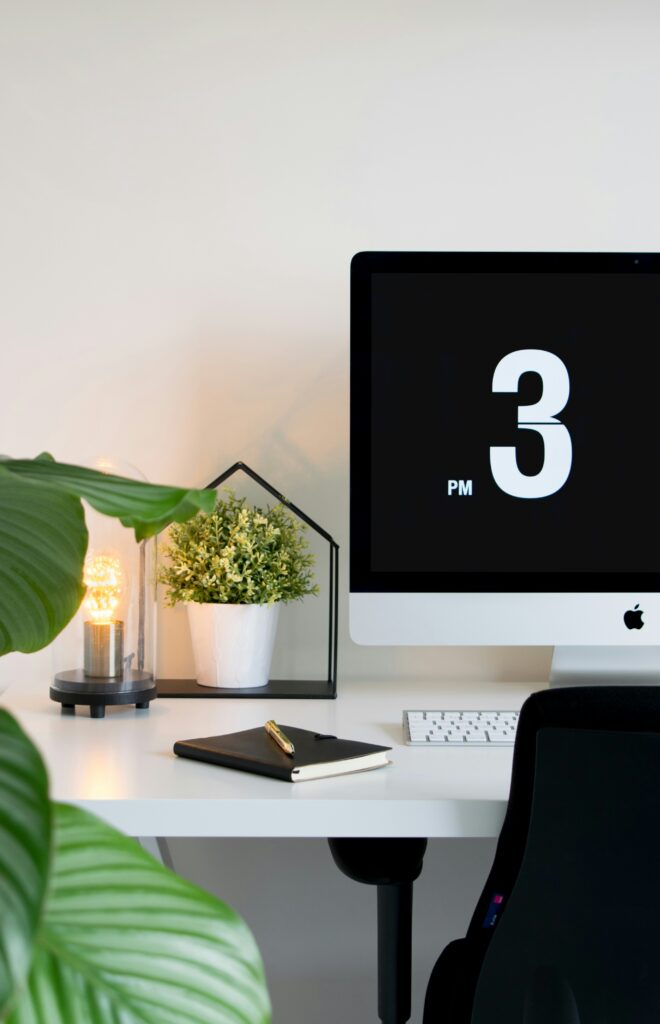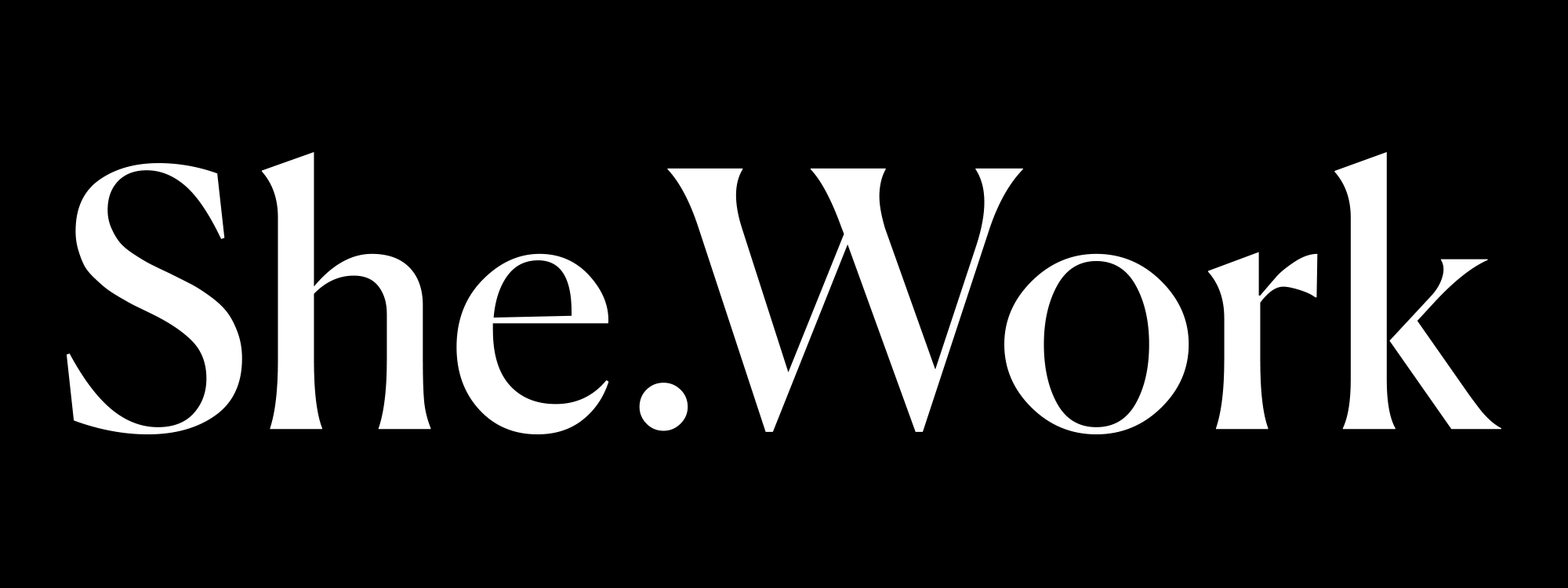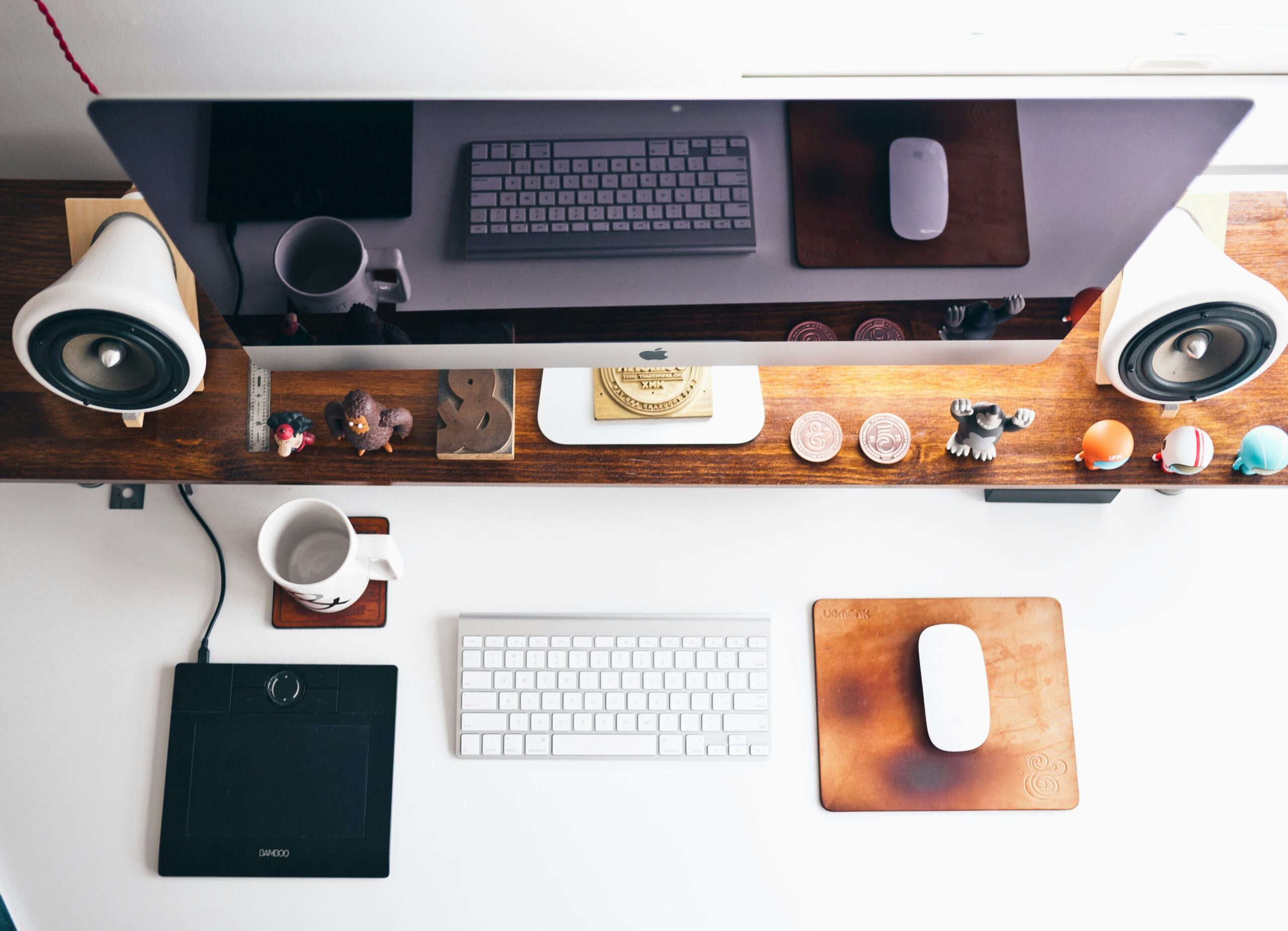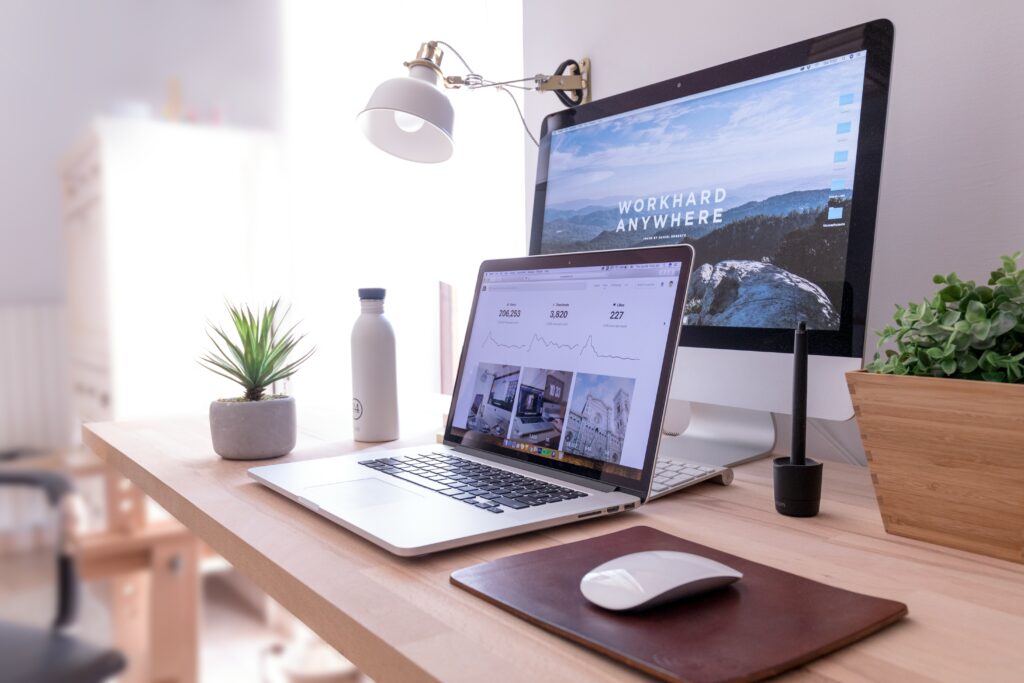We live in an ever-evolving landscape of professional life, where the boundaries between office and home have become increasingly blurred, and the concept of a workspace has taken on new significance. For the modern working woman, navigating this terrain requires more than just a desk and a computer; it demands a thoughtful approach to creating an environment that fosters both productivity and well-being.
The pandemic has reshaped our relationship with work, transforming kitchen tables into impromptu offices and spare bedrooms into corporate headquarters. As we emerge from this global shift, many women find themselves at a crossroads, reassessing where and how they work. The question at hand is no longer simply about finding a quiet corner to answer emails but about crafting a space that nurtures creativity, enhances focus, and ultimately empowers professional growth.
This reimagining of the workspace comes at a crucial time. Women, who have long shouldered the lion’s share of domestic responsibilities alongside their careers, are now facing new challenges in the wake of remote and hybrid work models. Once a sanctuary from professional demands, the home has become a complex arena where conference calls might be punctuated by the needs of children or the whir of a washing machine.
Yet, within this complexity lies opportunity. Shifting one’s workspace offers a chance to address long-standing work-life balance issues, productivity, and personal well-being. It’s an opportunity to create an environment that not only meets the practical demands of the job but also reflects and supports the multifaceted nature of modern womanhood.
The Zen of Decluttering and Creating Space for Success
In pursuing the ideal workspace, decluttering is the first and perhaps most crucial step. This process goes beyond mere tidying; it’s about creating a physical and mental space conducive to focus and creativity.
✿ Thank you for reading!
Subscribe to be our bestie, no spam—just good vibes once a month.
Research published in the Journal of Environmental Psychology has shown that cluttered environments can negatively impact our ability to focus and process information. The study found that physical clutter in our surroundings competes for our attention, resulting in decreased performance and increased stress.
As I’ve discovered in my own workspace journey, the decluttering process is not a one-size-fits-all endeavor. It’s about finding the right balance between minimalism and inspiration. For me, this meant keeping a few carefully chosen objects that spark creativity while eliminating everything else that didn’t serve a clear purpose.

Practical Steps for Decluttering
Start with a clean slate: Remove everything from your desk and only put back what you absolutely need.
Implement the “one in, one out” rule: For every new item you bring into your workspace, remove an old one.
Digitize where possible: Scan and store important documents electronically to reduce paper clutter.
Create a system: Develop an organizational system that works for you, whether it’s color-coding files or using specific containers for different types of items.
Keep regular maintenance: Set aside weekly time for a quick decluttering session to prevent buildup.
The Light Factor and Illuminating Productivity
Once the clutter is managed, the next element to consider is lighting. The impact of proper illumination on productivity and well-being cannot be overstated.
According to a study published in the Journal of Clinical Sleep Medicine, exposure to natural light in the workplace has been linked to improved sleep quality and overall quality of life. Workers with windows in their offices received 173% more white light exposure during work hours and slept an average of 46 minutes more per night.
In my experience, positioning my desk near a window made a noticeable difference in my energy levels and mood throughout the day. However, it’s important to be mindful of glare on computer screens. Using sheer curtains or adjustable blinds can help control the amount of natural light.
For artificial lighting, a layered approach is recommended:
Ambient lighting: This provides overall illumination for the room.
Task lighting: Focused light for specific activities, such as a desk lamp.
Accent lighting: Used to highlight certain areas or objects, adding depth to the space.
Ergonomics and The Foundation of Comfort and Health
With the space decluttered and well-lit, the next consideration is ergonomics. The right furniture and setup can prevent physical strain and enhance focus.
The Mayo Clinic emphasizes the importance of proper ergonomics in preventing work-related musculoskeletal disorders. They recommend adjusting your chair height so your feet rest flat on the floor, positioning your computer monitor at arm’s length and with the top of the screen at or slightly below eye level, and keeping your wrists in a neutral position while typing.
Key elements of an ergonomic workspace:
Chair: Look for adjustable height, lumbar support, and armrests.
Desk: Consider a sit-stand desk to allow for position changes throughout the day.
Monitor position: The top of the screen should be at or slightly below eye level.
Keyboard and mouse: Position these to keep your wrists neutral and elbows at about 90 degrees.
Footrest: If your feet don’t comfortably reach the floor, use a footrest to support them.
After implementing these ergonomic principles in my own workspace, I noticed a significant reduction in back and neck pain, allowing me to focus for longer periods without discomfort.
The Personal Touch and Infusing Inspiration
While functionality is paramount, the most effective workspaces also reflect the personality and aspirations of their occupants. Personal touches can serve as sources of motivation and comfort.
A study published in the Journal of Environmental Psychology found that employees who have control over the design and layout of their workspace are happier and healthier and up to 32% more productive.
I’ve found that carefully selecting elements that energize and motivate me has made a significant difference in my workspace. This doesn’t mean cluttering the desk with trinkets but rather choosing a few meaningful items that serve as visual reminders of my goals and values.
Digital Organization and Bringing Order to the Virtual Realm
In this increasingly digital world, the workspace concept extends beyond the physical. A cluttered digital environment can be just as distracting as a messy desk. Harvard Business Review reports that the average knowledge worker spends about 28% of the workweek managing e-mail and nearly 20% looking for internal information or tracking down colleagues who can help with specific tasks. This highlights the importance of digital organization in improving productivity.
Strategies for a digital organization:
Implement a consistent file naming and folder structure system.
Use productivity apps to manage tasks and projects.
Regularly clean up your email inbox and unsubscribe from unnecessary newsletters.
Utilize cloud storage for easy access and backup of important files.
Set up a system for bookmarking and organizing online resources.
The Power of Boundaries and Separating Work and Personal Life
In the era of remote and hybrid work, establishing clear boundaries between professional and personal life has become more challenging and crucial.
The American Psychological Association emphasizes the importance of maintaining work-life boundaries for mental health and job satisfaction. They suggest creating a dedicated workspace, setting specific work hours, and establishing rituals to start and end the workday.
In my experience, creating a dedicated workspace — even if it’s just a corner of a room — has been transformative for the work-life balance. When I ‘go to work,’ I physically enter that space, and when I leave, I shut the door to work for the day.
End Note
Crafting Your Ideal Workspace
As we’ve explored, creating the ideal workspace is a nuanced and personal journey. It’s about more than just finding a comfortable chair or the right desk lamp; it’s about crafting an environment that supports your professional goals, nurtures your well-being, and reflects your identity as a working woman.
The perfect workspace is one that evolves with you, adapting to new challenges and opportunities. It’s a space that facilitates productivity, inspires creativity, and fosters a sense of purpose.
As you embark on or continue your journey to create your ideal workspace, remember that it’s an iterative process. What works today may need adjustment tomorrow. The key is to remain attuned to your needs and open to change.
Your workspace is more than just a place to get things done; it reflects your professional self, a tool for achieving your goals, and a sanctuary for your aspirations. Craft it wisely, and let it be a source of empowerment in your professional journey.
And never forget: Less is always more!
References
Journal of Environmental Psychology – The impact of clutter on cognitive processing.
Journal of Clinical Sleep Medicine – Impact of Workplace Daylight Exposure on Sleep, Physical Activity, and Quality of Life
Mayo Clinic – Office ergonomics: Your how-to guide:
Journal of Environmental Psychology – The Relative Benefits of Green Versus Lean Office Space
Harvard Business Review – Time Management Is About More Than Life Hacks
American Psychological Association – The future of remote work:
✱ If you liked this article, please share it with a friend who could use inspiration.
If you have a topic in mind or a story to share anonymously or with your name, email us at team@she.work









